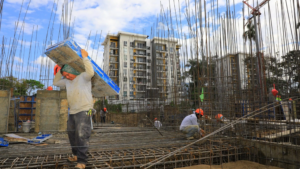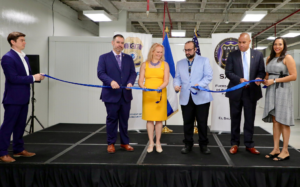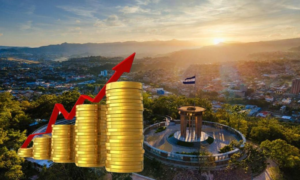
Imports in El Salvador registered a mixed performance at the end of September 2025, according to data from the Banco Central de Reserva (BCR). While some sectors showed signs of recovery, others reflected a slight slowdown compared to the same period last year, reflecting the different growth rates within the national economy.
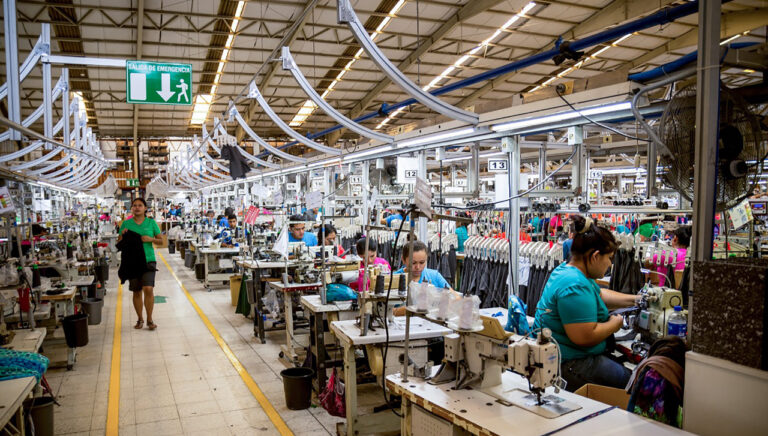
The manufacturing sector continues to be the most significant sector within the import structure, with a value close to US$446 million, slightly higher than that recorded in September 2024. This increase confirms the stability of demand for industrial inputs and manufactured goods, which are key to the country’s domestic production and consumption.
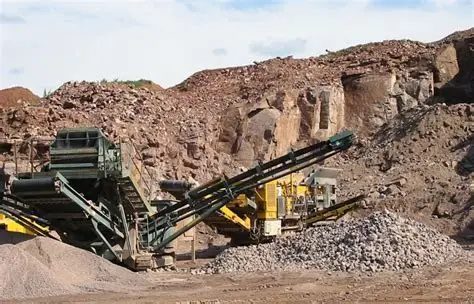
The mining and quarrying sector experienced a notable increase of 60% compared to the previous year, suggesting increased activity in the extraction and use of materials for construction and infrastructure. In contrast, imports related to agriculture, livestock, forestry, and fishing showed a decrease of more than 22%, which could be related to a lower need for inputs or increased local production, which has reduced dependence on imported goods.
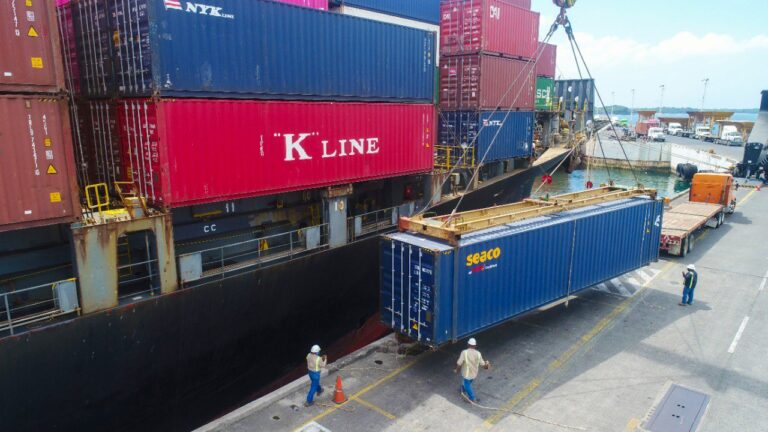
Overall, the import balance through september reflects stable performance, but with differences between sectors, in an economic context that continues to adapt to the dynamics of international trade and the internal conditions of the salvadoran market.
Read also:




